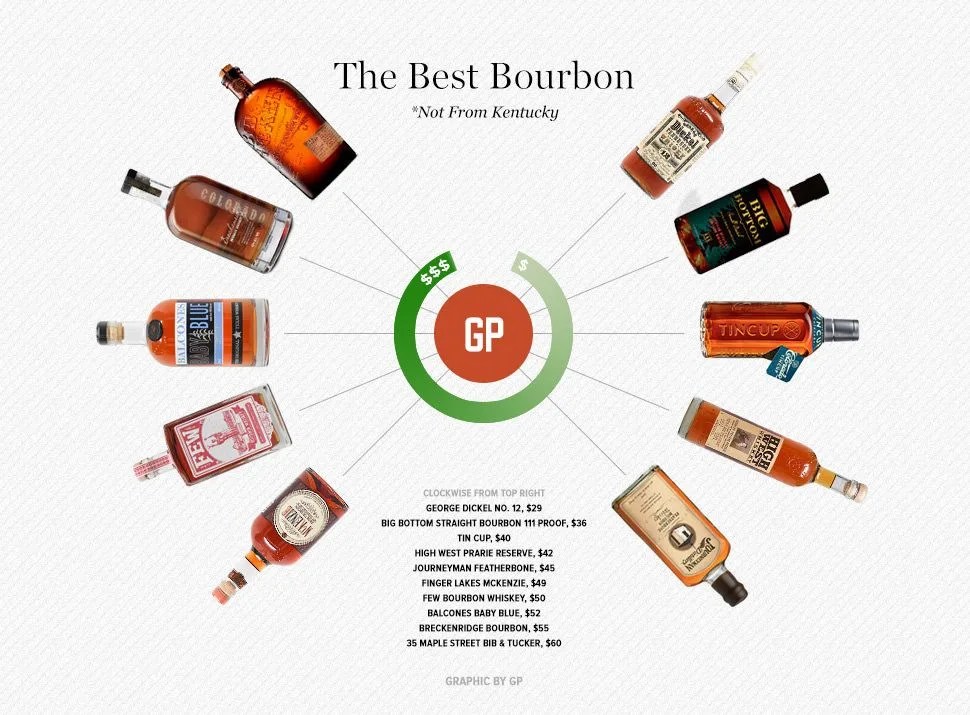
10 Best Bourbons Not From Kentucky
The rise of craft American whiskey now extends beyond the bourbon belt.

The rise of craft American whiskey now extends beyond the bourbon belt.
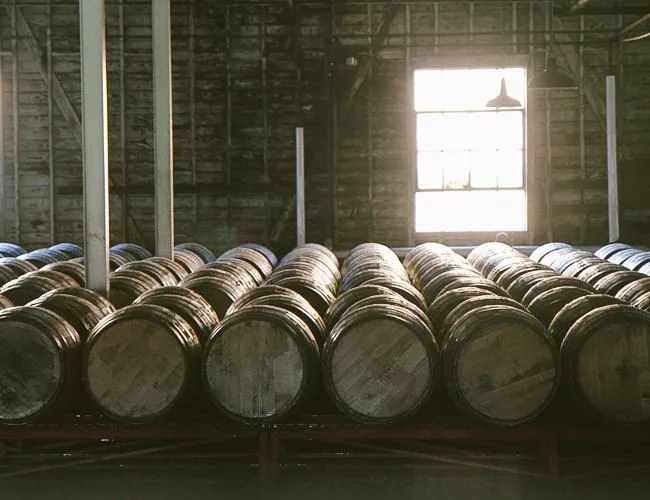
We toured 12 distilleries in a five-day blitz, asking everyone we met to walk us through the bourbon-making process. Here, you’ll find all of the steps that go into making America’s unique take on whiskey.
By Ben Bowers
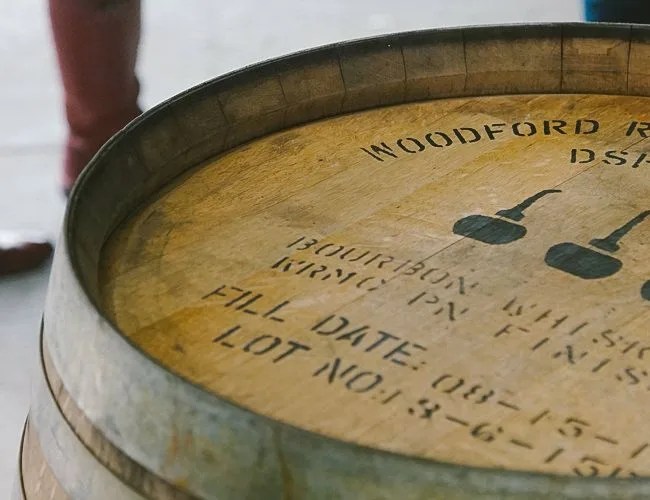
“For liquor stores, whiskey bars, restaurants — having a private barrel label is basically their way of saying ‘This is how we like our whiskey.’” Tom Fischer, the founder of BourbonBlog and a frequent judge at many spirits and cocktail competitions, told me over the phone after we got back from Kentucky. “So it allows them to put that bottle on a shelf and say, you know, ‘This is something we went to Kentucky and we picked up.

“Buffalo Trace is already making the bourbons of the future”, said our guide Freddy Johnson. It sounded bold until we stopped to think about it.
By Ben Bowers
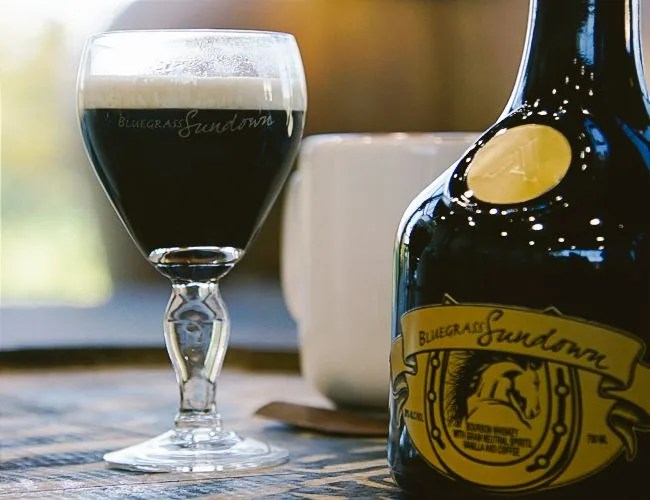
The Irish have Irish coffee, the Scotch have Highland Coffee, the Germans have Rüdesheimer Kaffee, and college students have vodka and red bull. Kentuckians have the Kentucky Sundowner.

Willett Master Distiller Drew Kulsveen doesn’t have time for bullshit. It’s not something he has to tell anyone.
By Ben Bowers

Bourbon is booming, but only decades ago, it was on a path toward failure. This was most evident in the 1980s, at the height of vodka and big hair, when distilleries in the Bluegrass State were shuttering their doors.
By Gear Patrol
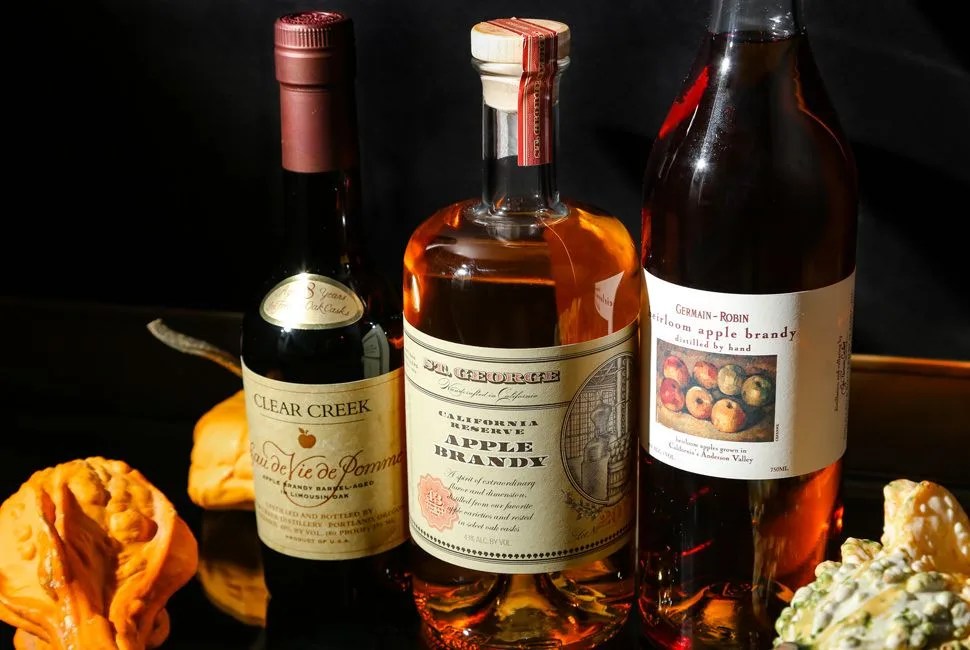
If you’re into vintage — your dad’s aviators, reclaimed wood counters, old military watches — then it doesn’t get much more old school than apple brandy, a spirit distilled from the hard cider of fermented fresh apples and then aged in oak.

This summer, the Kaffe Tonic, a mixture of espresso and Fever Tree tonic served over ice at Saint Frank Coffee in San Francisco rightfully caught on.

Fruit beers have long been the redheaded stepchildren of the beer world. But now American brewers are using more complex bases — stouts, brown ales, rye ales and barleywines among others — and taking cues from the Belgians, those oldest of fruit beer brewers, to harness the nation’s harvest, from pumpkins to pluots.
By Peter Koch

If you associate wheat beer with Blue Moon and a slice of orange, this is your primer to the world of American brewers doing something more with their wheat malt. They’re adding aromatic hops.

We review Highland Park’s latest edition to their core lineup of single malts, Dark Origins, which is defined by a high percentage of double first fill sherry casks and a peatiness yet unheard of from the brand.
By Ben Bowers

Leave it to an Alaskan to invent a new way to drink alcohol outdoors.
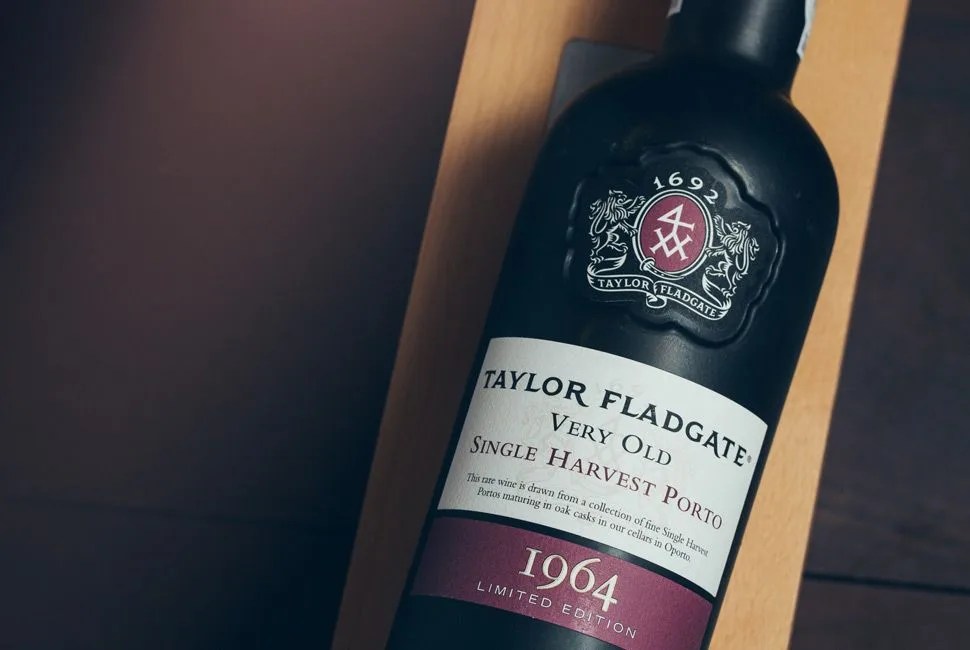
Taylor Fladgate, one of the council of elders in the Port world, released a 50-year-old tawny port in 2014.
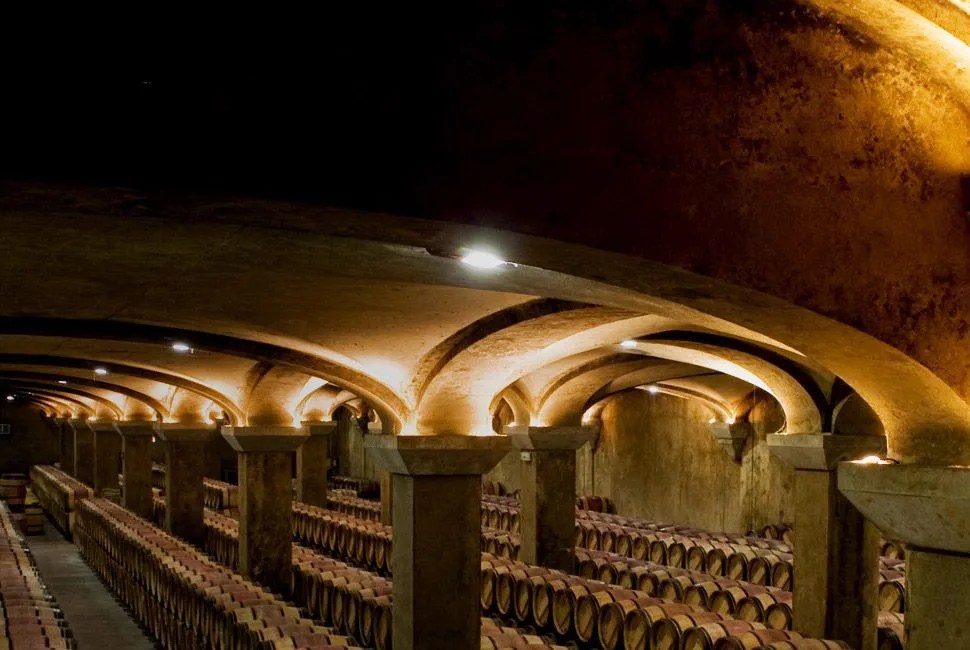
I come from a family of beer drinkers, firmly rooted in the blue-collar heritage of my grandfather’s construction and carpentry business. My father likes to say that it was his own skill at unskilled labor that paid his way through college.

You and Andrew Jackson walk into a wine store.
By Nick Milanes

Originally brewed in Wallonia, the French-speaking region of Belgium, as a summer treat for farmers who spent hours under the hot sun, saisons often taste spicy, earthy and yeasty, and contain ABV levels that typically run between 4% and 8.5%. Other than a glass of ice water, they’re about as refreshing a drink as you can get on a hot summer day.
By Kenny Gould
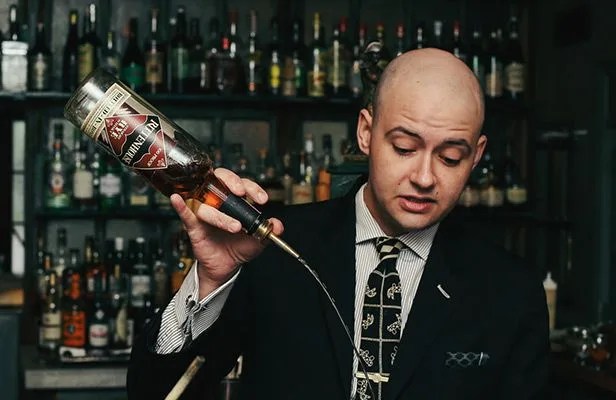
Will Elliott of NYC’s Maison Premiere shows us the steps to making three types of absinthe drinks: a drip, a frappe and a Sazerac, with a twist.
By Tucker Bowe

We got our hands on five canned white wines to find out if they’re a clever packaging solution or just an excuse to drink more white wine.

A little over two decades ago, Stephane Ostiguy and Jean-Francois Gravel met while studying science at McGill University.